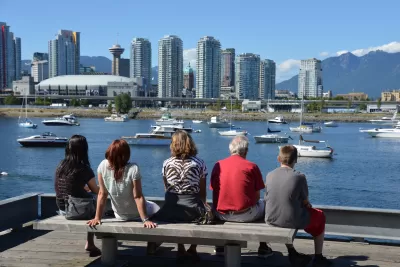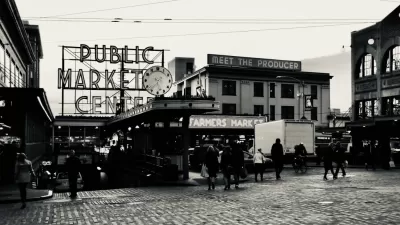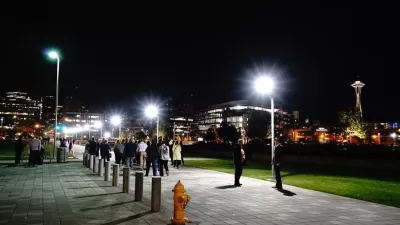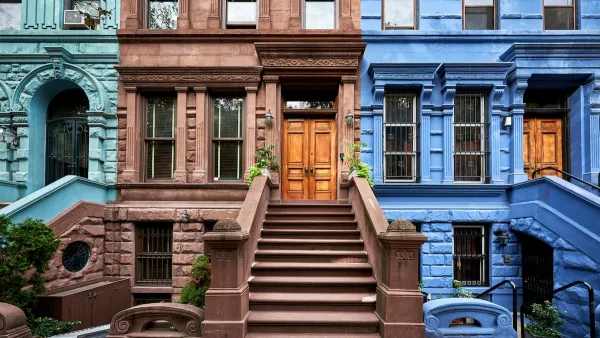In GeekWire, Chuck Wolfe continues his exploration of a holistic and practical approach to post-pandemic urban center recovery, anchored in local context and community-driven initiatives that promote livability, safety, and sustainability.

Wolfe distinguishes between those who envision a traditional return to the commute-based office-residence split, and others who insist that downtowns must rethink their purpose and redesign underused spaces to attract more people. He lists ten signs of ongoing processes that indicates a city’s ongoing recovery and regeneration.
He suggests that these guideposts, backed by real-world examples, might offer a roadmap to inspire resurgence:
- Innovative interventions by government, non-profits, and the private sector.
- Mixed-use spaces, both temporary and permanent.
- Encouraging of artistic expression.
- Community subsidies.
- Safety assurance.
- Embracing creativity and colors.
- Enhancing street sounds and scents.
- Encouraging children’s participation.
- Highlighting scenic views.
- Developing a “places worth visiting” mindset.
FULL STORY: It’s not just about bringing workers back to the office: 10 indicators of a downtown resurgence

Planetizen Federal Action Tracker
A weekly monitor of how Trump’s orders and actions are impacting planners and planning in America.

Map: Where Senate Republicans Want to Sell Your Public Lands
For public land advocates, the Senate Republicans’ proposal to sell millions of acres of public land in the West is “the biggest fight of their careers.”

Restaurant Patios Were a Pandemic Win — Why Were They so Hard to Keep?
Social distancing requirements and changes in travel patterns prompted cities to pilot new uses for street and sidewalk space. Then it got complicated.

Platform Pilsner: Vancouver Transit Agency Releases... a Beer?
TransLink will receive a portion of every sale of the four-pack.

Toronto Weighs Cheaper Transit, Parking Hikes for Major Events
Special event rates would take effect during large festivals, sports games and concerts to ‘discourage driving, manage congestion and free up space for transit.”

Berlin to Consider Car-Free Zone Larger Than Manhattan
The area bound by the 22-mile Ringbahn would still allow 12 uses of a private automobile per year per person, and several other exemptions.
Urban Design for Planners 1: Software Tools
This six-course series explores essential urban design concepts using open source software and equips planners with the tools they need to participate fully in the urban design process.
Planning for Universal Design
Learn the tools for implementing Universal Design in planning regulations.
Heyer Gruel & Associates PA
JM Goldson LLC
Custer County Colorado
City of Camden Redevelopment Agency
City of Astoria
Transportation Research & Education Center (TREC) at Portland State University
Camden Redevelopment Agency
City of Claremont
Municipality of Princeton (NJ)





























